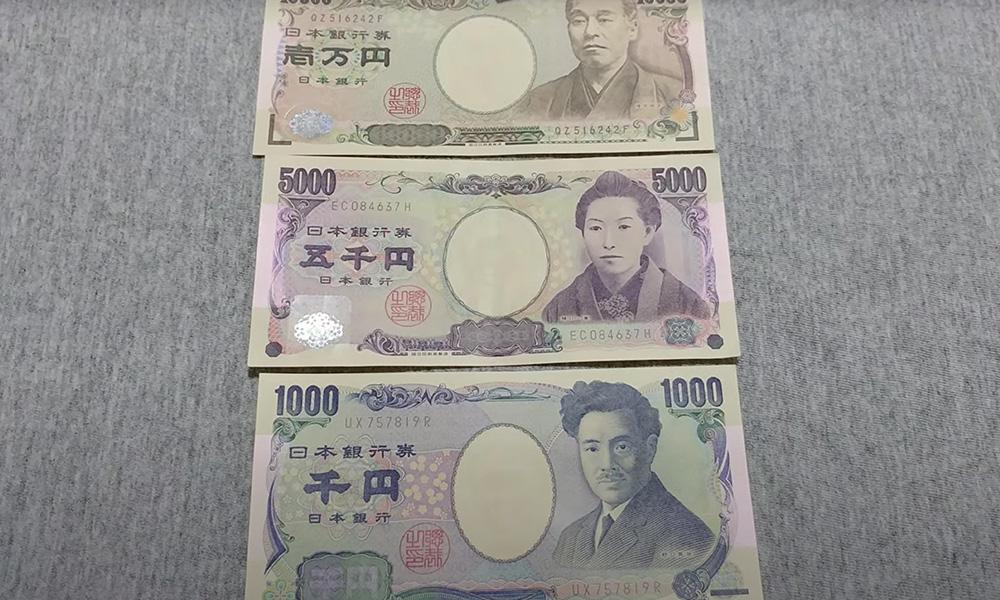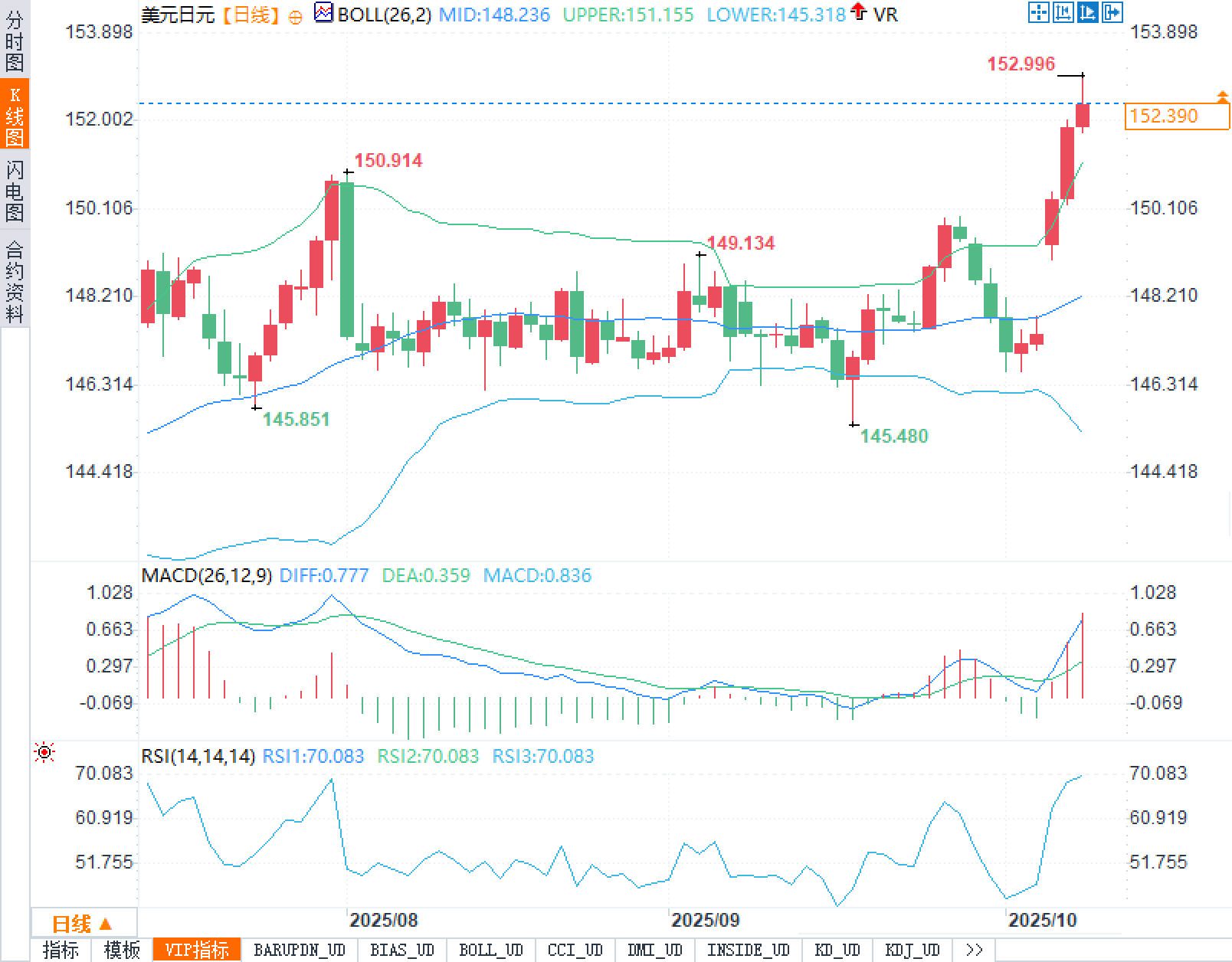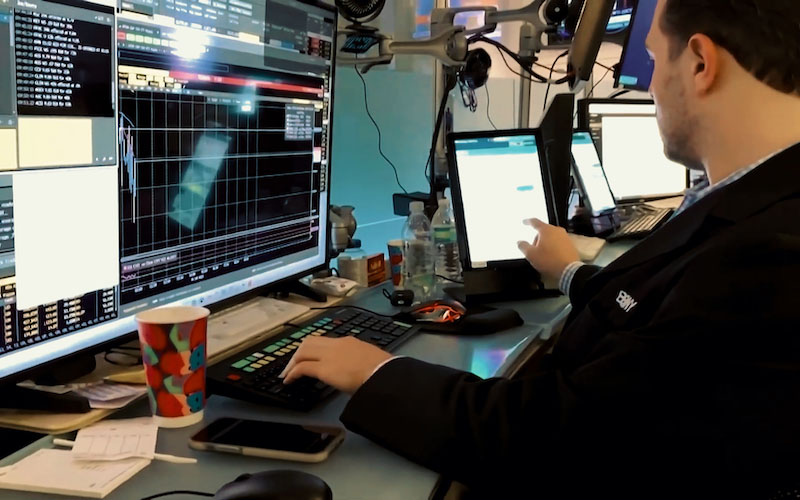October Question: If the interest rate hike is not until December, can the Japanese yen turn around?
2025-10-08 21:53:16

Fundamentals
Fiscal moderate Sanae Takaichi won the Japanese Liberal Democratic Party election. Based on her past association with Abenomics, the market speculates that the fiscal stance may be more expansionary, thereby constraining the Bank of Japan's future tightening path. A key advisor stated that an October interest rate hike is premature, but if macroeconomic conditions permit, a 25 basis point increase could be considered in December. This statement reinforces the market consensus for a small rate hike as early as December. This will provide little real support for the yen in the short term, thus maintaining the momentum of carry trades.
In Europe, political uncertainty in France weighed on the euro; concerns about Japan's fiscal sustainability persisted; and in the United States, the lingering budget impasse also weighed on risky assets. Rising risk aversion led to a rebalancing of traditional safe-haven assets, benefiting the US dollar more than any other safe-haven asset. Meanwhile, the yen's safe-haven premium eroded amid negative interest rates and an uncertain inflation target. This structural shift provided a tailwind for the USD/JPY pair.
Markets are focused today on the minutes of the Federal Reserve's September meeting (released early Thursday morning). As expected, the Fed cut interest rates by 25 basis points to a range of 4%-4.25%. Federal Reserve Governor Miran favored a one-time 50 basis point cut, signaling internal disagreement. The latest State of Economic Projections (SEP) suggest another 50 basis point cut this year, with further 25 basis point cuts in 2026 and 2027. Powell emphasized after the meeting that "rapid action" is unnecessary, but downside risks to employment have increased. Tariffs could also lead to a one-time rise in commodity inflation. Major sell-side investors, such as TD Securities, expect the minutes to highlight a hawkish-dovish tug-of-war: one camp, concerned about tariff inflation, favors caution, while the other, more concerned about employment, favors continued easing. For the US dollar, the minutes serve more as a confirmation of expectations, and are unlikely to alter its short-term strength. However, if the language is more dovish, forward expectations on the interest rate differential could limit further acceleration of the US dollar.
Technical aspects:
The daily chart shows a clear opening of the Bollinger Bands, with the middle Bollinger Band at 148.236, the upper Bollinger Band at 151.155, and the lower Bollinger Band at 145.318. Today's price has significantly moved above the upper Bollinger Band, forming a typical "out-of-price" pattern that resonates with the widening Bollinger Bands, indicating that the upward trend is in the momentum release phase.

Following the recent long bullish candle with large volume, the candlestick chart continues its upward trend, testing the period high of 152.996, with 153.00 acting as immediate psychological resistance. The previous high of 150.914 has transformed resistance into support. In the event of a pullback, the first dynamic support is 151.155 (the upper Bollinger band), followed by 150.914 and 148.236 (the middle Bollinger band).
In terms of MACD, DIFF is 0.777, DEA is 0.359, and the histogram is enlarged to 0.836. The positive momentum continues to expand after the golden cross. RSI (14) is at 70.083, which has entered the "overbought" area. There is a need for technical cooling and retracement in the short term. Combining the form and indicators, the current trend is more like an "acceleration stage in the trend", but the characteristic of "acceleration is risk" still exists: if 152.996/153.00 cannot be effectively broken through and confirmed by large volume, it is necessary to guard against short-term false breakthroughs and rapid retracements.
Market sentiment observation:
On the one hand, trend trading and momentum funds are dominant, and quantitative models tend to go long under the trigger of "out-of-price movement + indicator resonance", and bullish market sentiment prevails; on the other hand, passive short covering constitutes "short-term squeeze", and the sentiment of missing out on the opportunity rises.
Expectations of verbal intervention are currently the most crucial contrarian indicator: the closer it approaches 153.00, the more likely the market will spontaneously compress leverage and maturities. Be wary of a sudden liquidity squeeze that could trigger a "technical flashback." Overall, sentiment remains high but not out of control, with fear and greed oscillating wildly between the shadow of intervention, trend inertia, and the interest rate differential framework.
Market Outlook
Short-term: If the exchange rate finds a firm footing above 152.996-153.00, accompanied by continued expansion of the Bollinger Bands and the MACD-histogram, the bullish target will shift to the 154-155 range. If it fails to break above this level and forms a long upper shadow, the overbought state of the RSI will likely trigger a pullback, with reference levels at 151.155, 150.914, and 148.236, respectively. The probability of a technical pullback followed by a further directional move is high.
- Risk Warning and Disclaimer
- The market involves risk, and trading may not be suitable for all investors. This article is for reference only and does not constitute personal investment advice, nor does it take into account certain users’ specific investment objectives, financial situation, or other needs. Any investment decisions made based on this information are at your own risk.





















